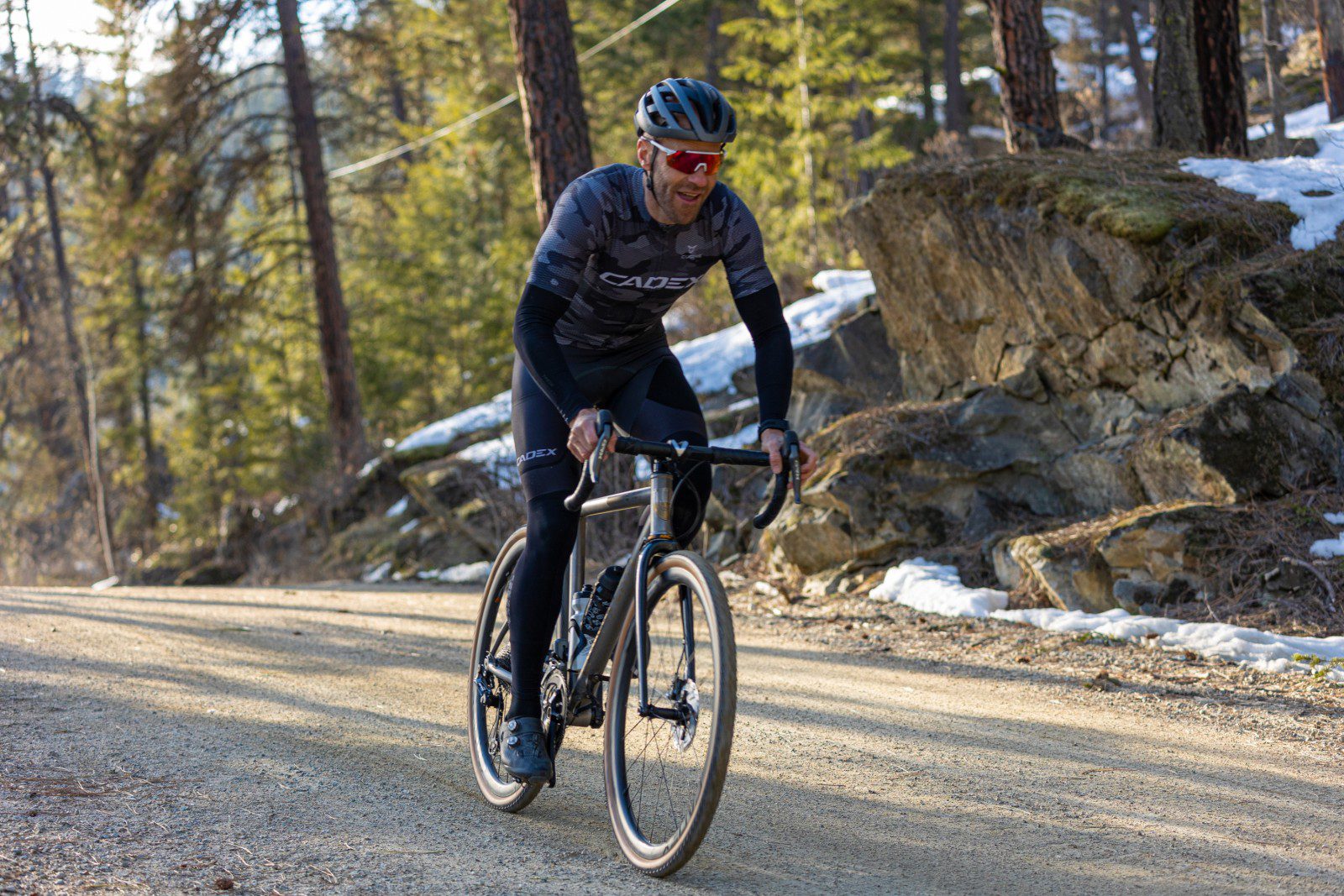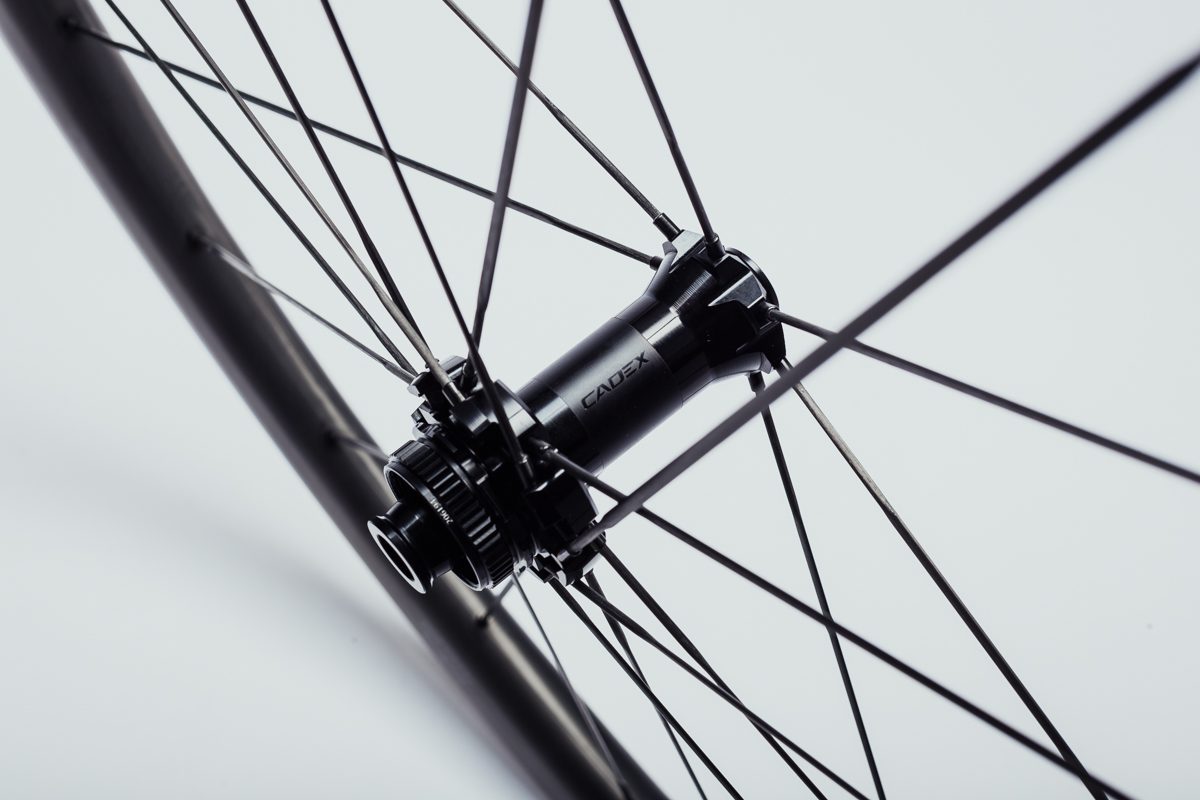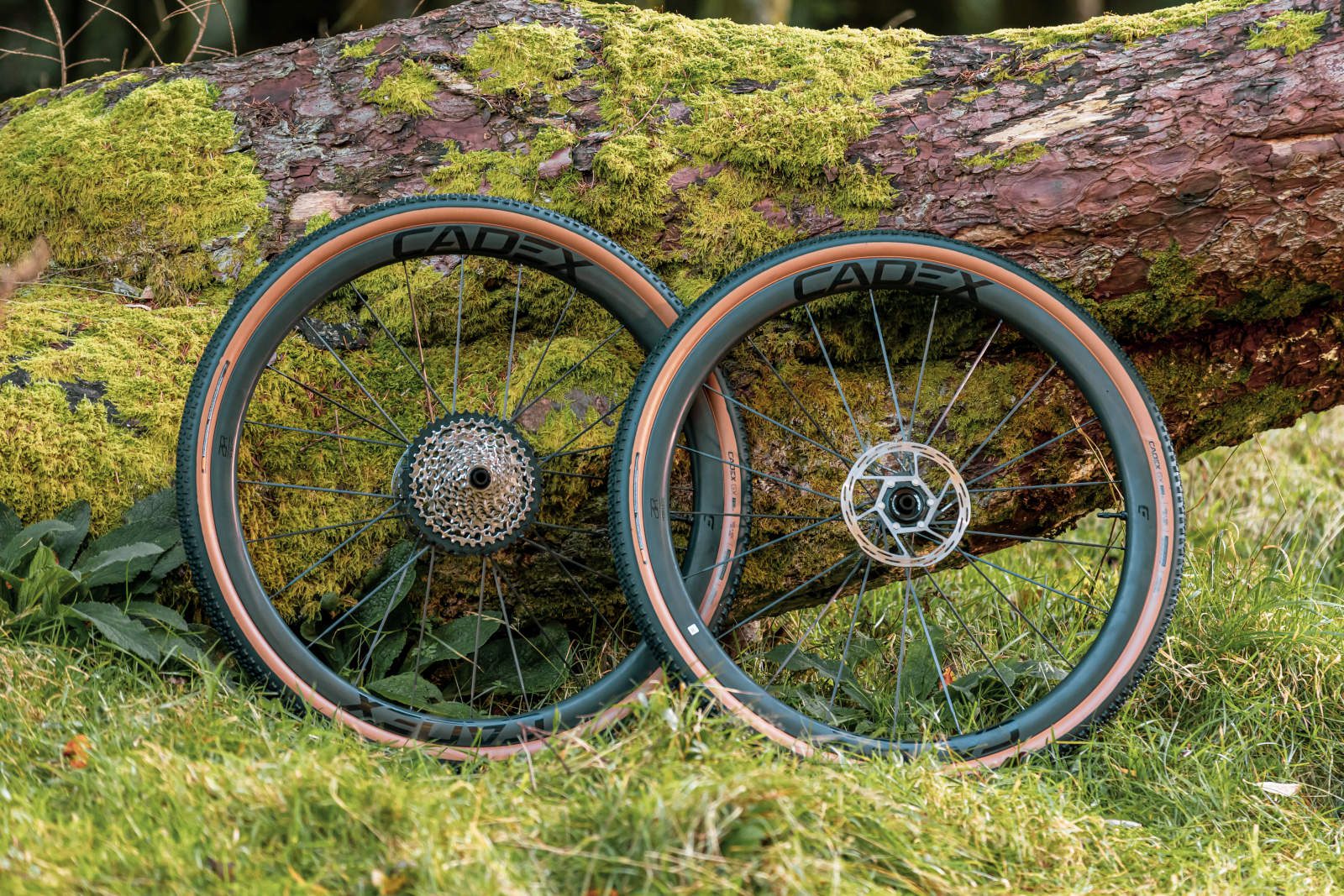First look: Cadex AR 35 Disc wheel system for fast gravel rides
The new hoops are joined by AR and GX tubeless tires for rough routes
 Photo by:
Matt Stetson
Photo by:
Matt Stetson
Cadex, the high-performance road brand by Giant, has been moving into rougher territory. It started with the AR gravel handlebar this past fall. Now, Cadex has expanded its gravel equipment to include wheels and tires.
Also joining the Cadex team is a Canadian legend Svein Tuft. “I’m very happy to collaborate with Cadex on the release of their new gravel line,” Tuft says. “When I experienced first-hand the high calibre of these components, I understood Cadex’s priority is on making quality gravel products that will withstand the rigours that the gravel adventure/racing world requires. I look forward to representing and sharing my adventures with Cadex and will be providing my feedback for future improvements to their already amazing range of gravel products.”
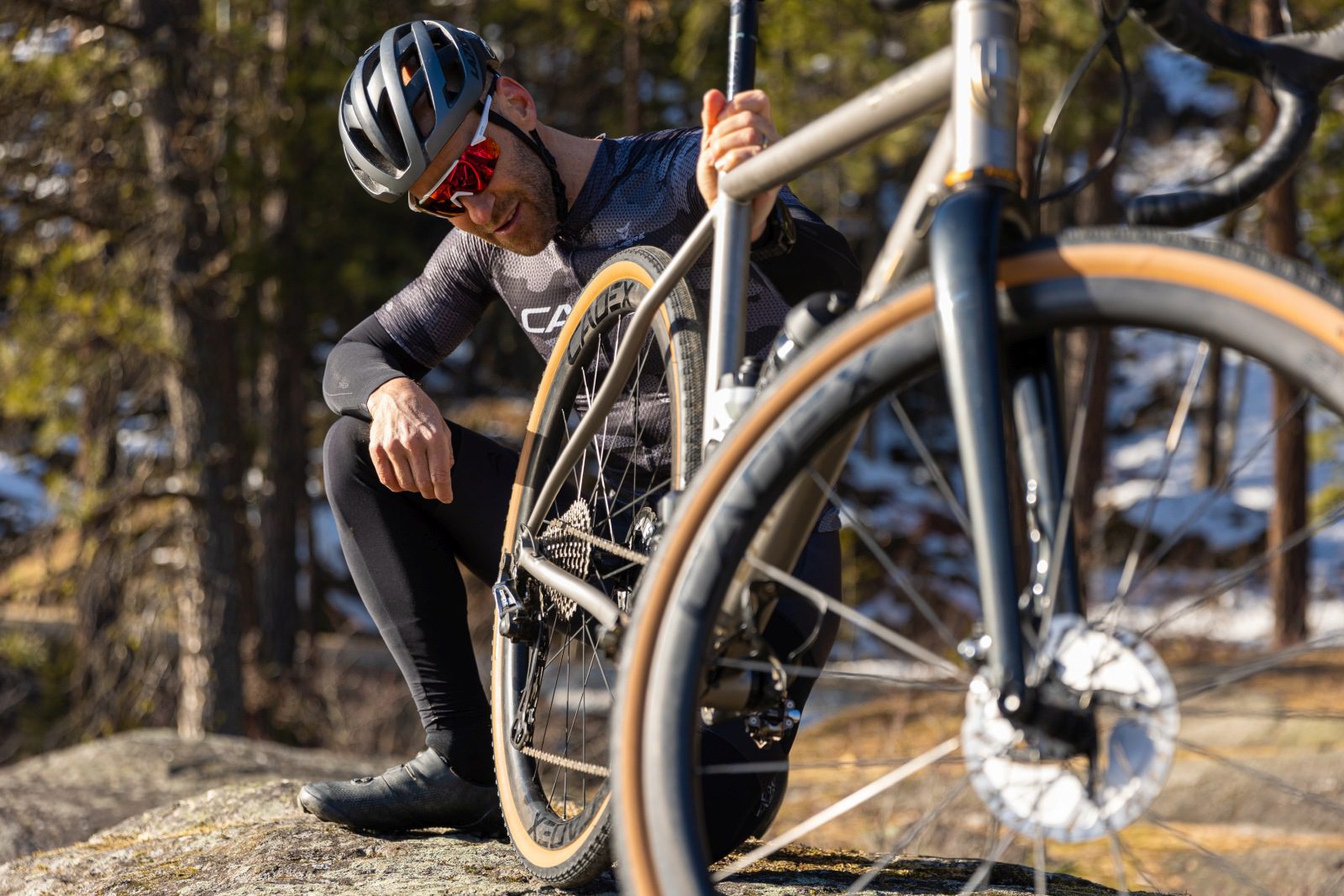
Cadex AR 35 Disc wheel system
Cadex new wheels are the AR 35 Disc. They are designed for roads, gravel and even singletrack because they have the strength for all those scenarios. Jeff Schneider, the global head of product and marketing at Cadex, says the gravel wheels have the same impact resistance as Giant’s cross country wheels, but the new hoops are lighter. The strength in the rims comes from the way in which they are made. Since Cadex makes hookless rims, they have a consistent carbon-fibre structure that can’t be achieved with hooked rims.
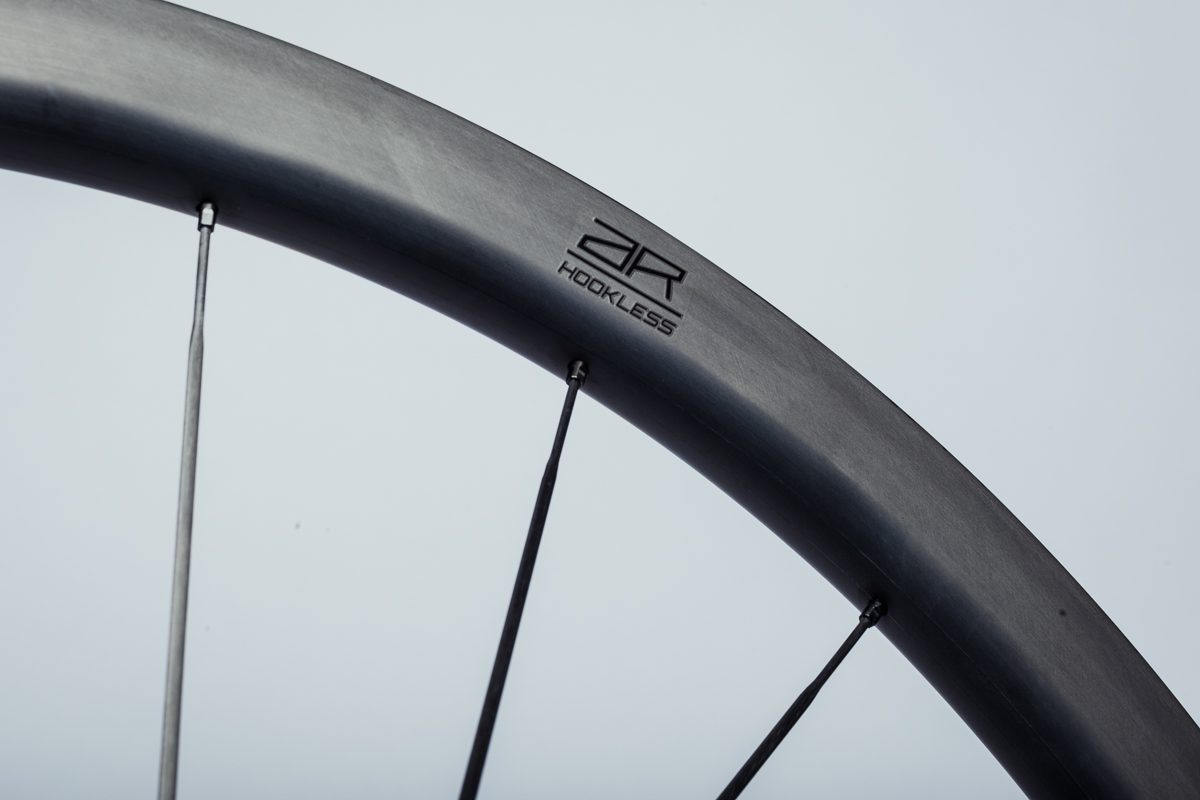

The rims have a 25-mm internal rim width. They can handle 28c to 45c tires, which covers a large portion of gravel treads. “You could go bigger,” Schneider says, “but you start to mushroom the tire out and you will get a little bit more of a risk of snake biting on the sidewall of the tire.”
The rims are laced to their hubs with carbon spokes. These spokes, which don’t stretch as much as steel spokes, help to boost the wheel’s stiffness-to-weight ratio. The wheels are light: a claimed 1,270 g for the pair. Transmission stiffness is the rigidity that lets the rear wheel take force applied to it and transform that force into forward spin. If there’s any wind-up in the wheel—caused by some flex in the spokes, rim or even the hub, for example—the wind-up will lower the wheel’s transmission stiffness. Cadex says the transmission stiffness on the AR 35 Disc’s rear wheels is 68.29 Nm. Divide that by the weight for the rear wheel (720 g) and you get a transmission stiffness-to-weight ratio of 0.09. Cadex’s tests show that that figure is 28 per cent better than Zipp 303 Firecrest wheels.


It’s not just the spokes themselves that contribute to the ratio, but the way that they are arranged. Since 2015, Giant has been using what it calls dynamic balanced lacing on its rear wheels. The lacing system sets the spokes at certain angles to best address the forces applied to them as they rotate.
Another part of the system that gets things spinning is the hubs. The wheels sport Cadex’s new hubs, the R2-C60, with a 60-tooth ratchet system in the rear. In the current road lineup of wheels, the hubs have 30-tooth drivers. Cadex went to 60 to address the high torque loads that wheels face on gravel. The danger with more teeth is that they have to be smaller and possibly more prone to wear. The new ratchets are made with 42 chromoly and covered with a diamond-like coating to boost durability. The coating also helps to minimize friction between the two ratchets when they are not engaged.
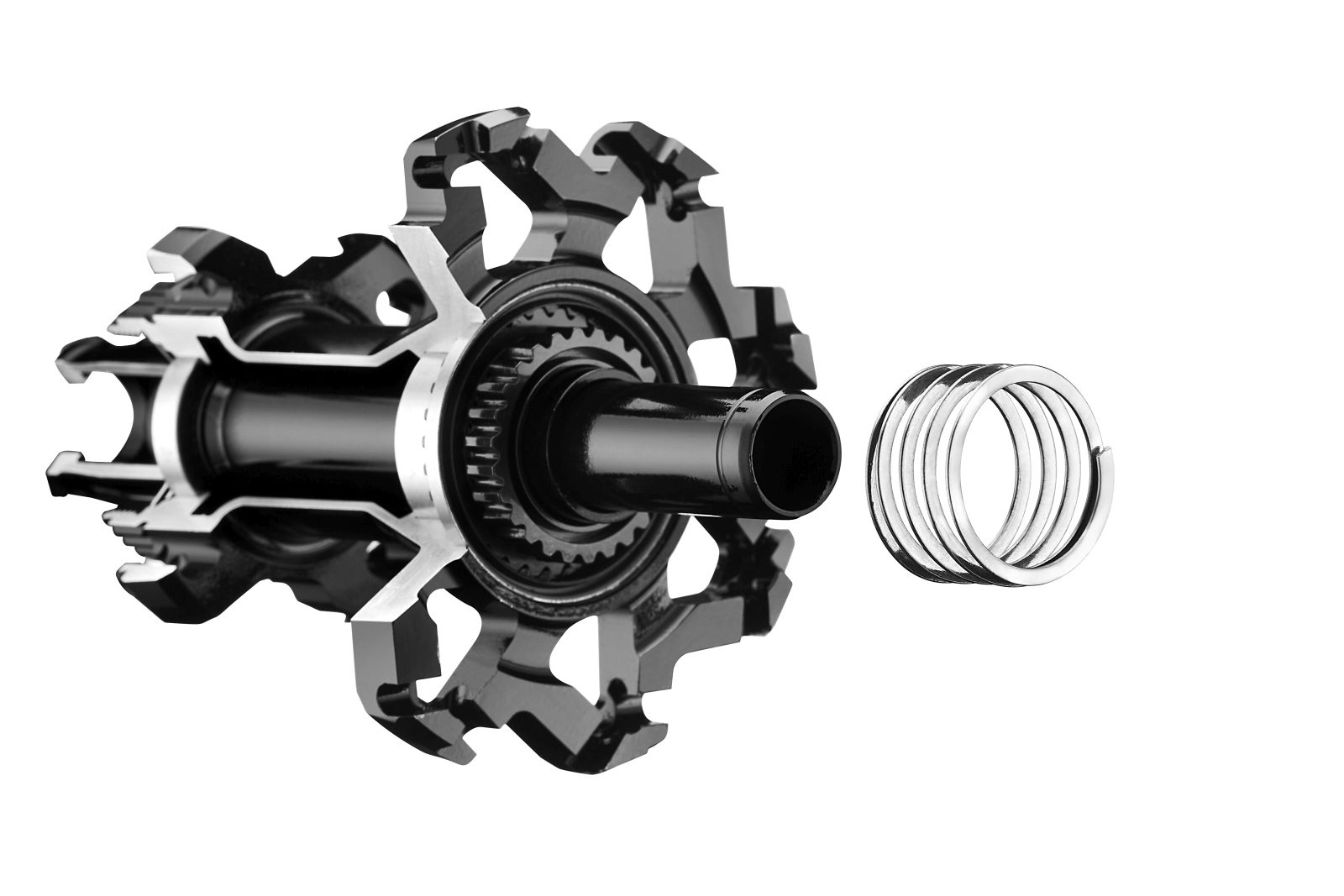
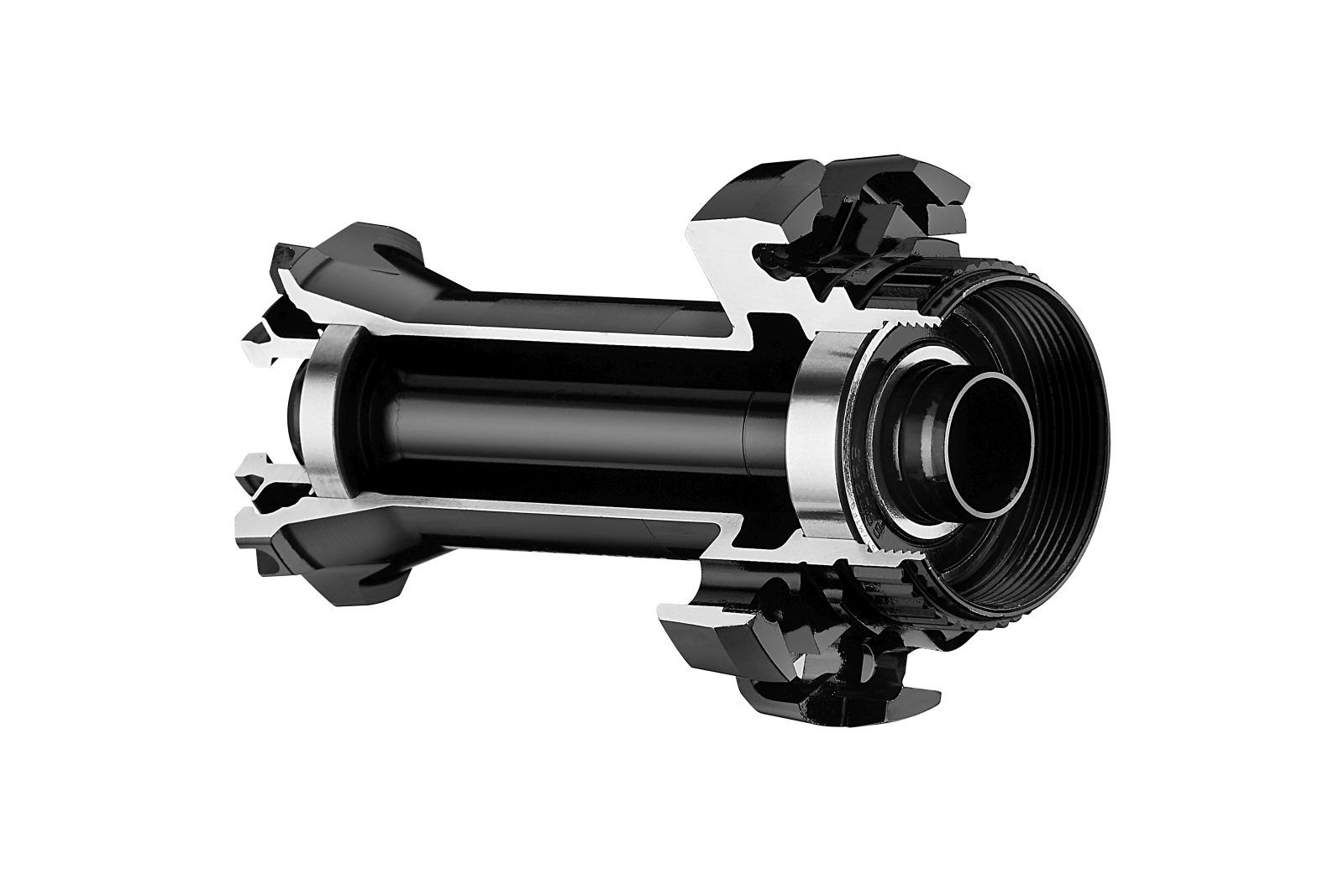
Similar to DT Swiss’s EXP design, the Cadex hub has a fixed ratchet working with another spring-loaded one. Also like the EXP, the new Cadex spring is cylindrical, not conical anymore. The Cadex spring is made with a flat wire. It compresses more quickly and applies an even pressure to the ratchet. The more precise engagement increases performance and longevity of the hub. Look for the R2 hubs to start making their way to other Cadex wheels as well.
All of this design, from rims to spokes to hubs, makes for fast, snappy wheels that can take the pounding of rough surfaces. The front wheel is $1,800 and the rear is $2,200.
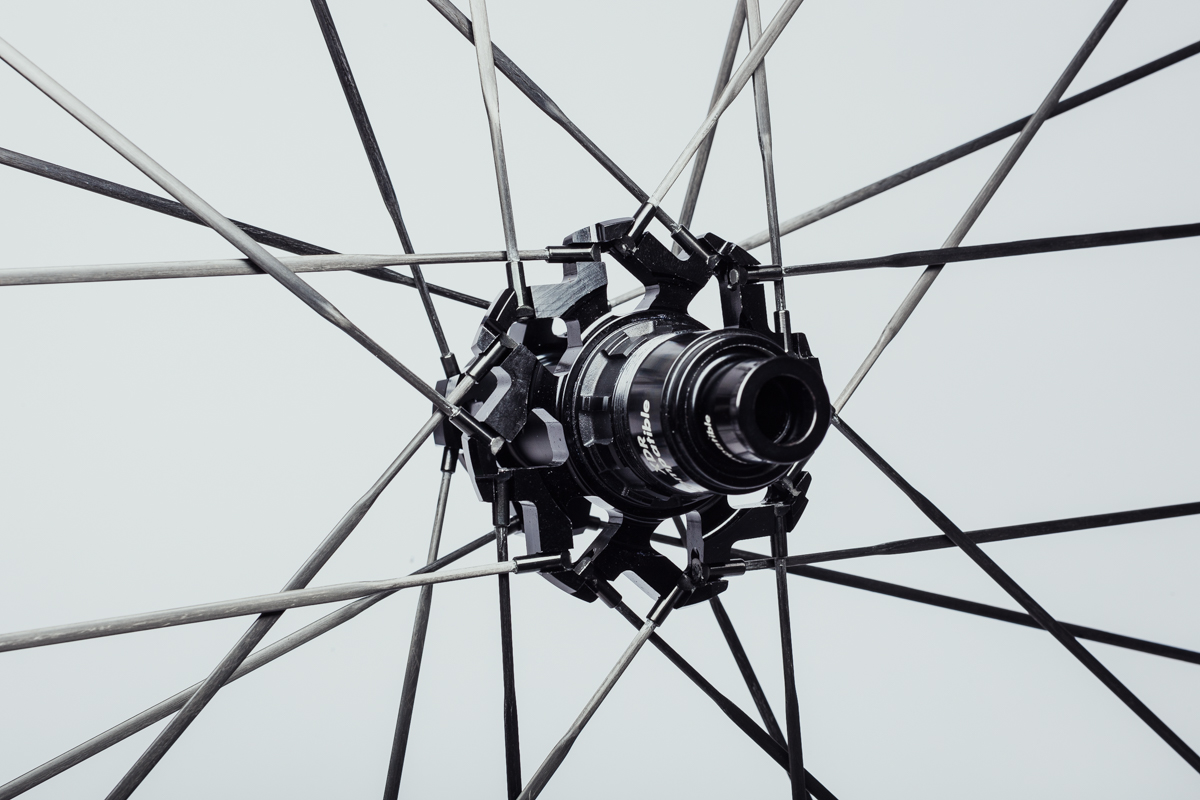
Cadex AR and GX tubeless tires
Since the AR 35 Disc wheels have hookless rims, not all tires will work with these hoops. Cadex lists tires that are approved for its wheels, so do check with its page on hookless technology before sourcing treads.

Two new tires that match well with the AR 35 Disc are the Cadex AR and GX tubeless tires. The AR is recommended for less-chunky gravel and roads, especially if you face a mix of the two, while the GX is for rocky, even wetter terrain. “I ride the GX tire as a front tire a lot,” Schneider says, “and then run the AR in the rear for better efficiency. But it all depends on the terrain. It’s dry here in southern California all the time.” Your early spring rides in Canada will probably benefit from running GX treads front and back.
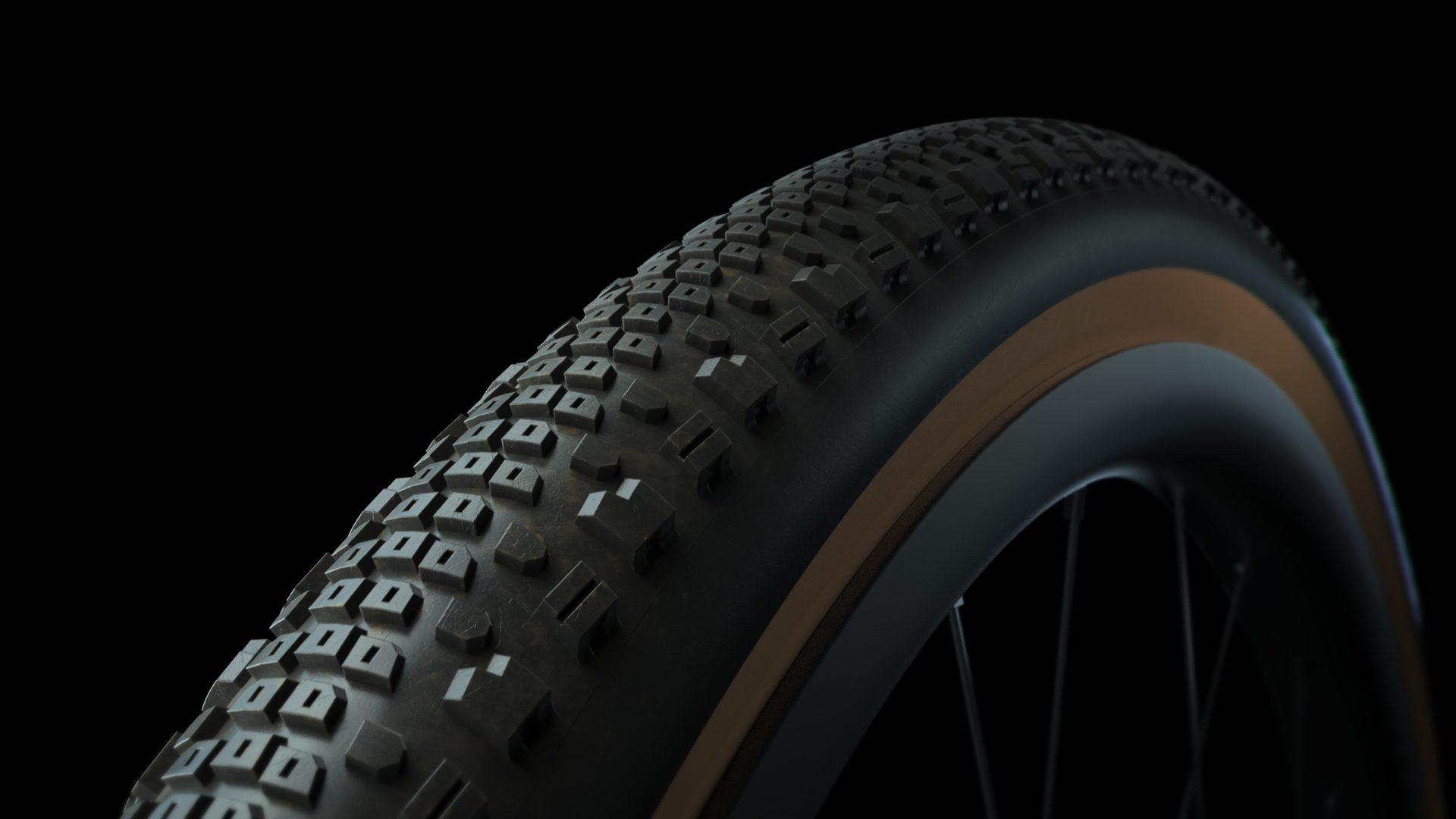
The two tires have a lot in common: 40c width, Kevlar/carbon composite beads to work well with hookless rims and puncture protection that’s a combination of Race Shield+ under the centre knobs and the new X-Shied for the sidewalls. Both have 170 t.p.i. casings. Schneider says the casing is a single layer with that high thread count, which keeps the tire supple and helps with shock absorption. Each tire has its own dual-compound formula. The AR tire has a diamond-shaped knobs in the centre and larger knobs at the sides. The GX’s centre knobs are chunkier for better grip but still low for speed. Its side knobs are even meatier than the AR’s.
I haven’t had a chance to mount the tires on the AR 35 Disc wheels yet. But get this: I’m actually looking forward to it. I have done tubeless setups of Cadex tires and wheels in the past. It’s one of the easiest mounting processes I’ve experienced. If you are still tubeless tentative, the Cadex system will get you over that. I expect the same to be true with the new tires and wheels.
Schneider says there are plans to release 45c and 47c versions of these tires for gravel riders who like to mix in more singletrack.
The AR and GX tires are coming soon to Canada. When they arrive, they’ll be $110 each.
Cadex AR handlebar

While the handlebar has been out for a few months already, it still has a notable design worth exploring. “This was a landmark attempt for us,” Schneider says. “What we ended up with, I think, is probably one of the biggest innovations I’ve seen in my career for handlebars.” Schneider, who’s been in the industry more than 25 years, has seen his fair share of changes in technology. What strikes him about the AR bars is that they have a one-piece moulded carbon construction. Traditionally, a bar is made by bonding the hooks to the centre section. Manufacturers can simply produce centre sections with different lengths, and then add the hooks after. Schneider says the process behind the AR bars makes them lighter and stronger than their competitors. A 42-cm bar is 190 g. In comparison, Enve’s SES AR is 248 g.

The AR bar has a flare of 8 degrees, along with a 3 degree out-sweep at the hooks and 3 degree back-sweep at the tops. The bars are 6 cm wider at their ends compared with their hoods. For example, the 42 cm bar has a width of 48 cm at the drops. All bars sport a 115-mm drop and 70-mm reach. They also have quite a bit of length at their ends, which can offer you more control and more variation in your hand positions. If you prefer a tighter setup, you can trim those ends.
The Cadex AR handlebars are $475. They are available in four sizes: 40, 42, 44 and 46 cm.
